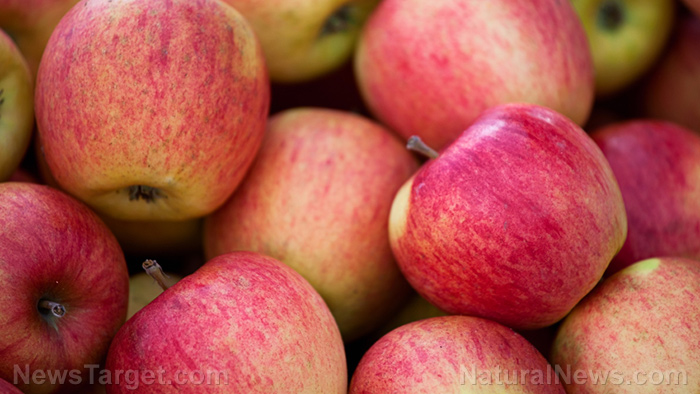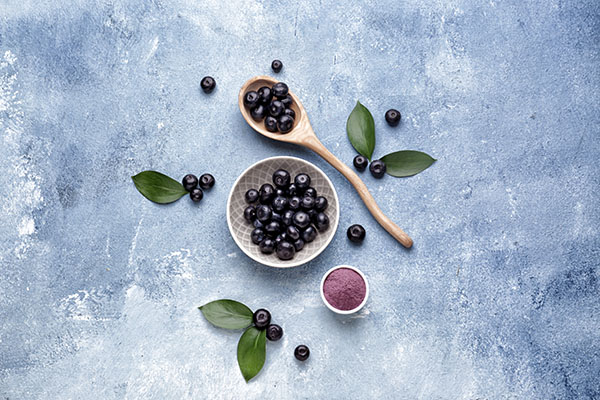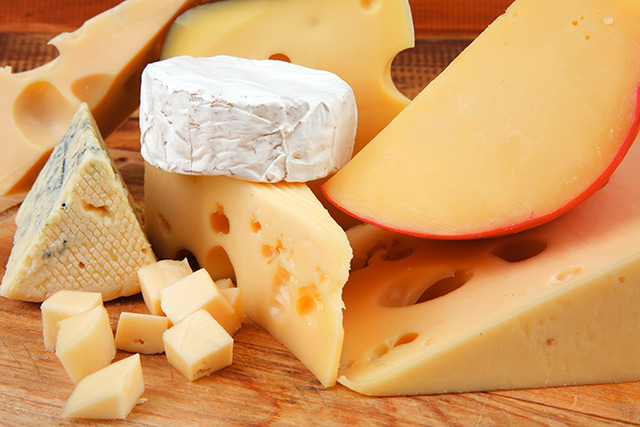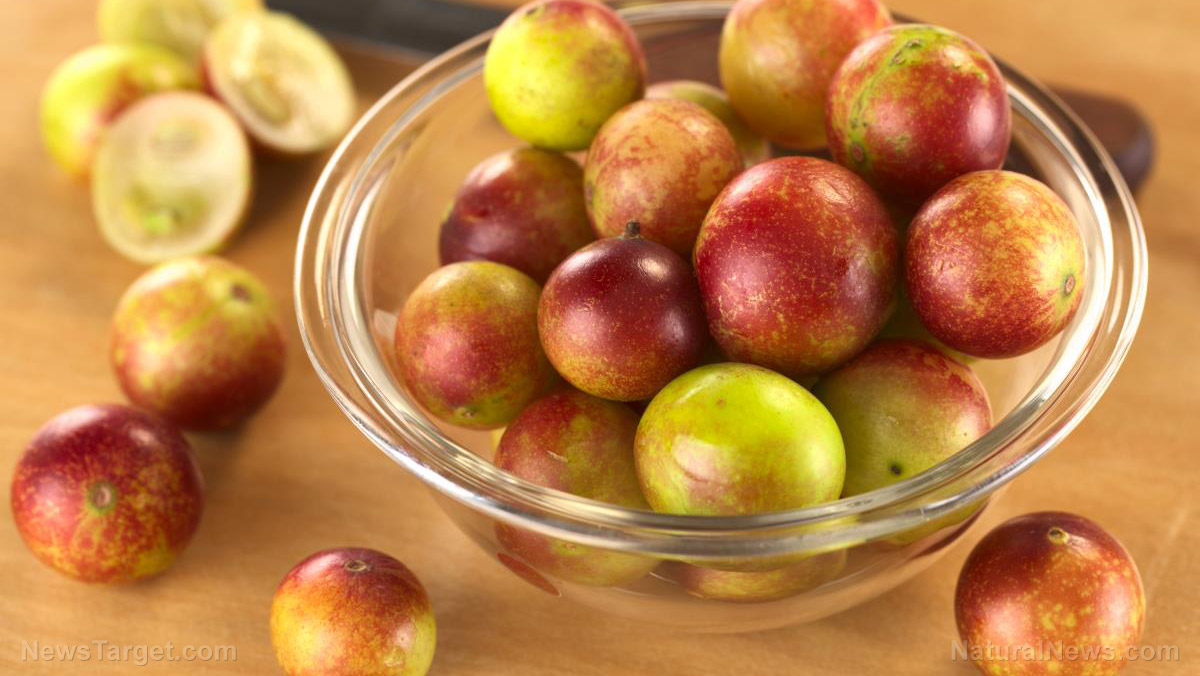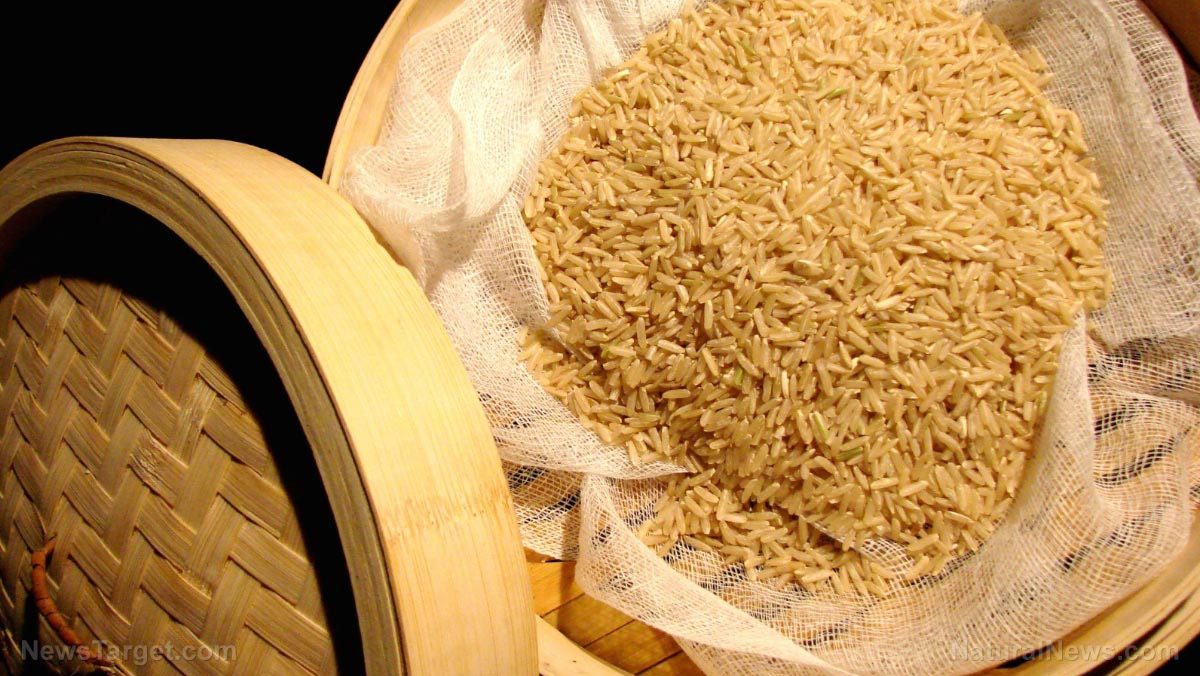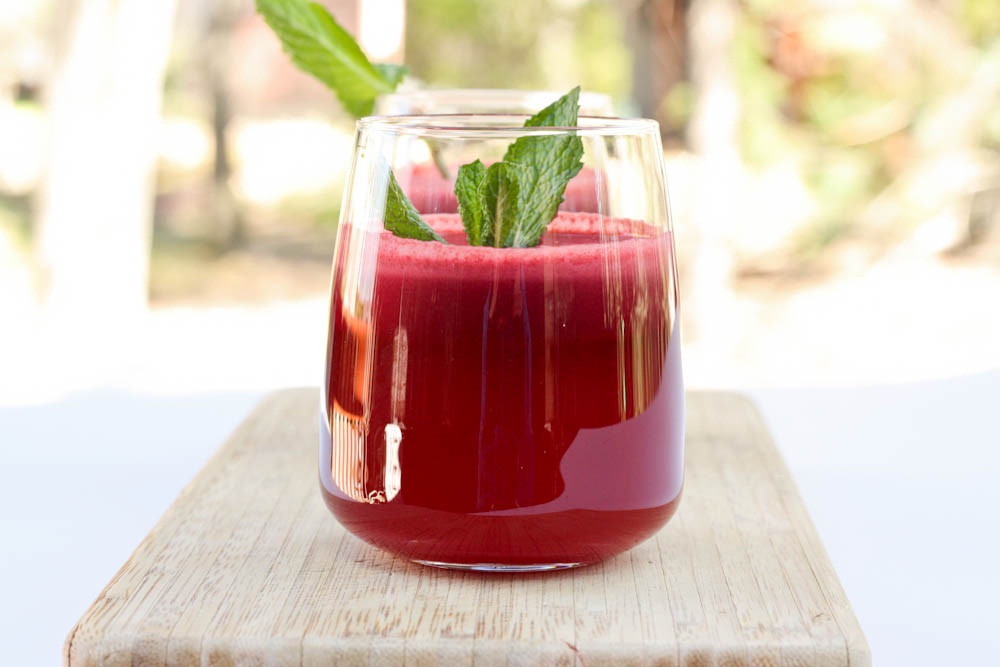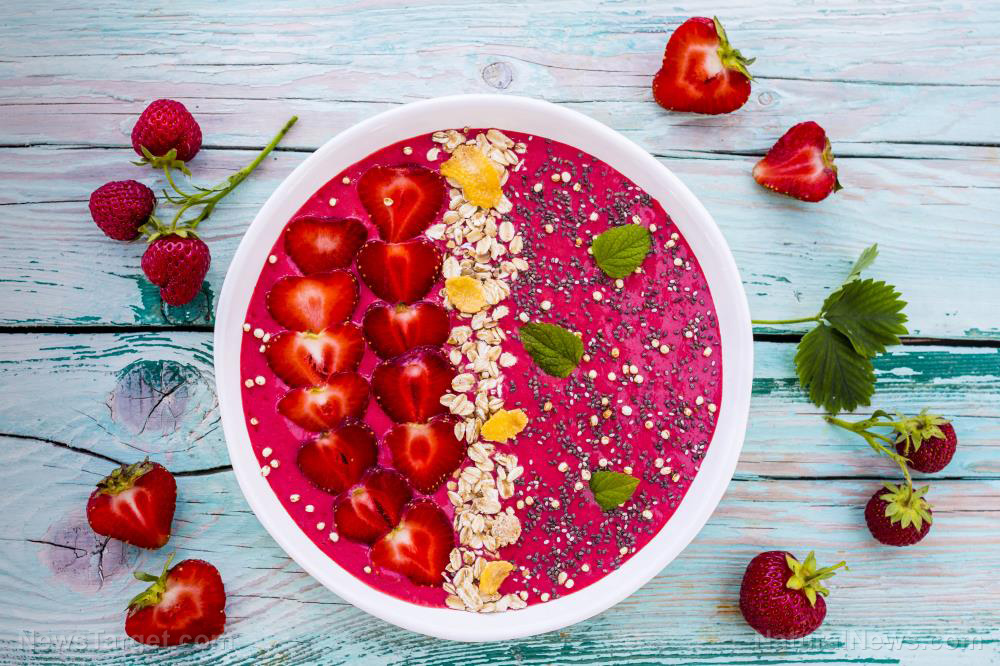Reseachers explore the antioxidant properties of cotton lavender
11/09/2020 / By Evangelyn Rodriguez
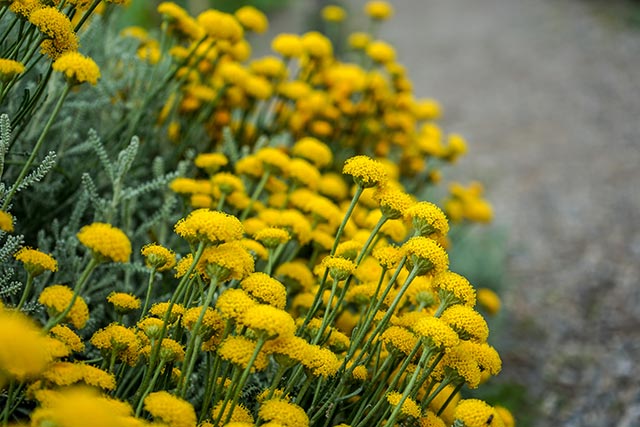
Antioxidants are important molecules that help neutralize free radicals. Free radicals are unstable and highly reactive molecules that can damage cells and their components. A product of cell metabolic processes — particularly the generation of energy using oxygen — free radicals are constantly produced inside the human body. Hence, it’s important that antioxidant levels match this continuous production to prevent oxidative stress, which is linked to the development of chronic diseases.
To maintain healthy antioxidant levels, humans can produce antioxidants and also obtain them from their diet. Natural antioxidants are abundantly present in plants — some of which are either edible or medicinal, or both. One example of an edible, medicinal herb that’s a potential source of antioxidants is Santolina chamaecyparissus, also known as cotton lavender or lavender-cotton. Despite its long history of use as traditional medicine, not much data is available on cotton lavender’s biological and chemical properties.
To address this, Algerian researchers investigated the phytochemical and antioxidant properties of cotton lavender. They reported their findings in an article published in the International Journal of Green Pharmacy.
Cotton lavender: an accessible source of natural antioxidants for disease prevention
Cotton lavender is a small medicinal herb widely used in folk medicine in Asia, North Africa and Europe. Aside from their medicinal uses, the aromatic leaves of cotton lavender are also used for culinary purposes. In some parts of Europe, people use cotton lavender as a flavoring for broths, soups, sauces, meats and fish dishes. (Related: This ethnomedicinal fern from Nepal is rich in antioxidants and essential nutrients.)
According to studies, cotton lavender has anti-parasitic, antispasmodic and emmenagogic (promotes menstruation) properties. Its leaves and flowers are used to treat insect bites and poor digestion, and accelerate the healing of surface wounds. Other known uses of cotton lavender include use as a folk medicine for eye infections, Alzheimer’s disease, digestive disorders and various forms of dermatitis.
Previous studies have found that cotton lavender extracts — derived using different solvents — show a range of biological activities, including anti-inflammatory, antifungal and antioxidant activities. Meanwhile, cotton lavender essential oil exhibits antimicrobial properties in experiments. The researchers noted that cotton lavender species that grow in Algeria are particularly rich in essential oils.
To further explore the beneficial properties of Algerian cotton lavender, the researchers analyzed the chemical composition of an extract obtained using methanol as a solvent. They then evaluated the extract’s ability to scavenge free radicals and reduce (gain electrons from) other molecules. Additionally, the researchers isolated and characterized the phenolic compounds present in the cotton lavender methanolic extract.
The researchers reported that cotton lavender has significant antioxidant activity. The extract inhibited oxidation — the process by which free radicals reduce important cellular components, causing damage to cells — in a dose-dependent manner. Meanwhile, phytochemical analysis revealed that the cotton lavender extract has multiple active components, the most notable of which were p-coumaric acid, luteolin-7-O-glucoside, rutin, luteolin and quercetin. These compounds all possess antioxidant properties.
Phytochemical analysis also revealed the presence of flavonoids — a class of antioxidant polyphenols — in cotton lavender leaves. The herb’s total phenolic content, however, is greater than its flavonoid content.
Based on these findings, the researchers concluded that Algerian cotton lavender is an excellent source of natural antioxidants, which can be used to make dietary supplements for the prevention of diseases caused by oxidative stress.
Sources include:
Submit a correction >>
Tagged Under:
alternative medicine, antioxidants, cotton lavender, flavonoids, food is medicine, functional food, herbal medicine, Herbs, natural medicine, phenolic compounds, phytonutrients, plant medicine, remedies, research
This article may contain statements that reflect the opinion of the author
RECENT NEWS & ARTICLES
Antioxidants.News is a fact-based public education website published by Antioxidants News Features, LLC.
All content copyright © 2018 by Antioxidants News Features, LLC.
Contact Us with Tips or Corrections
All trademarks, registered trademarks and servicemarks mentioned on this site are the property of their respective owners.



